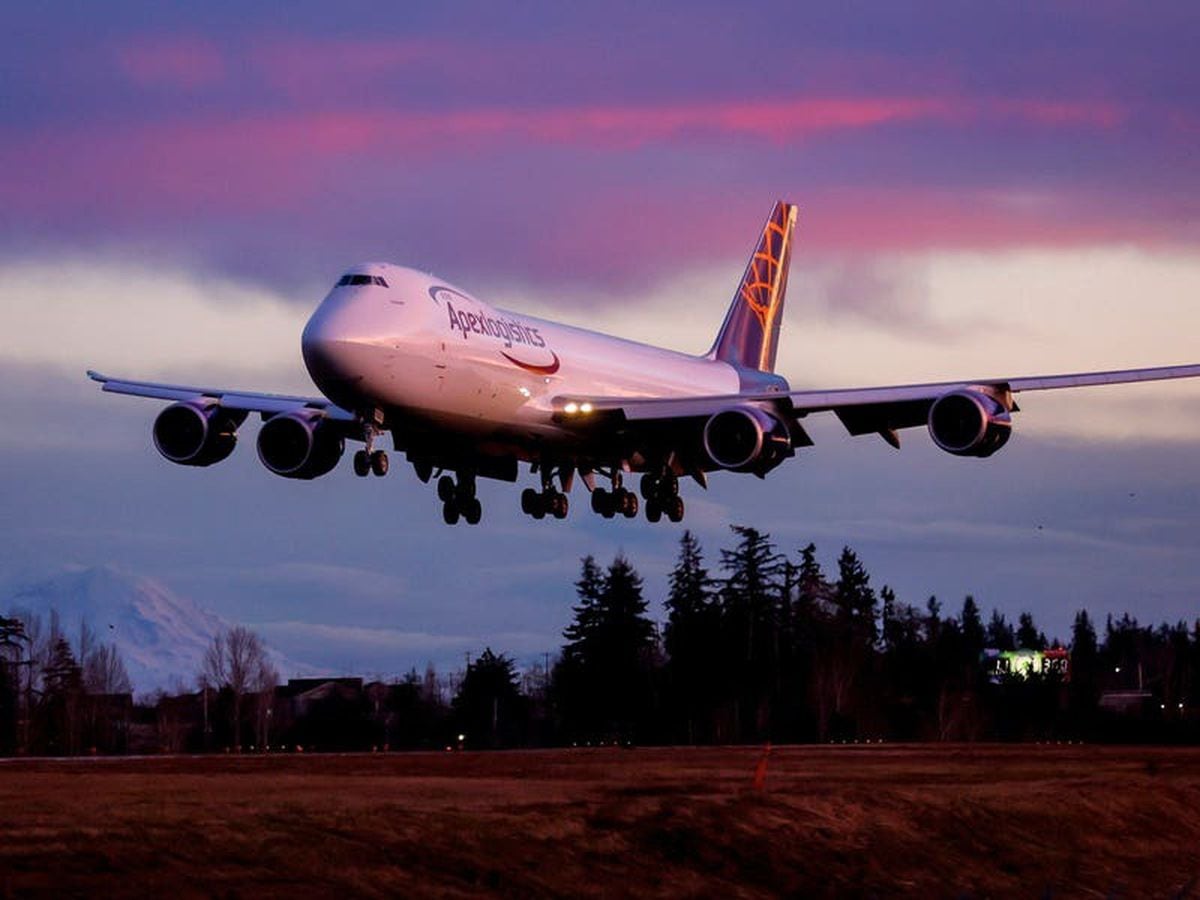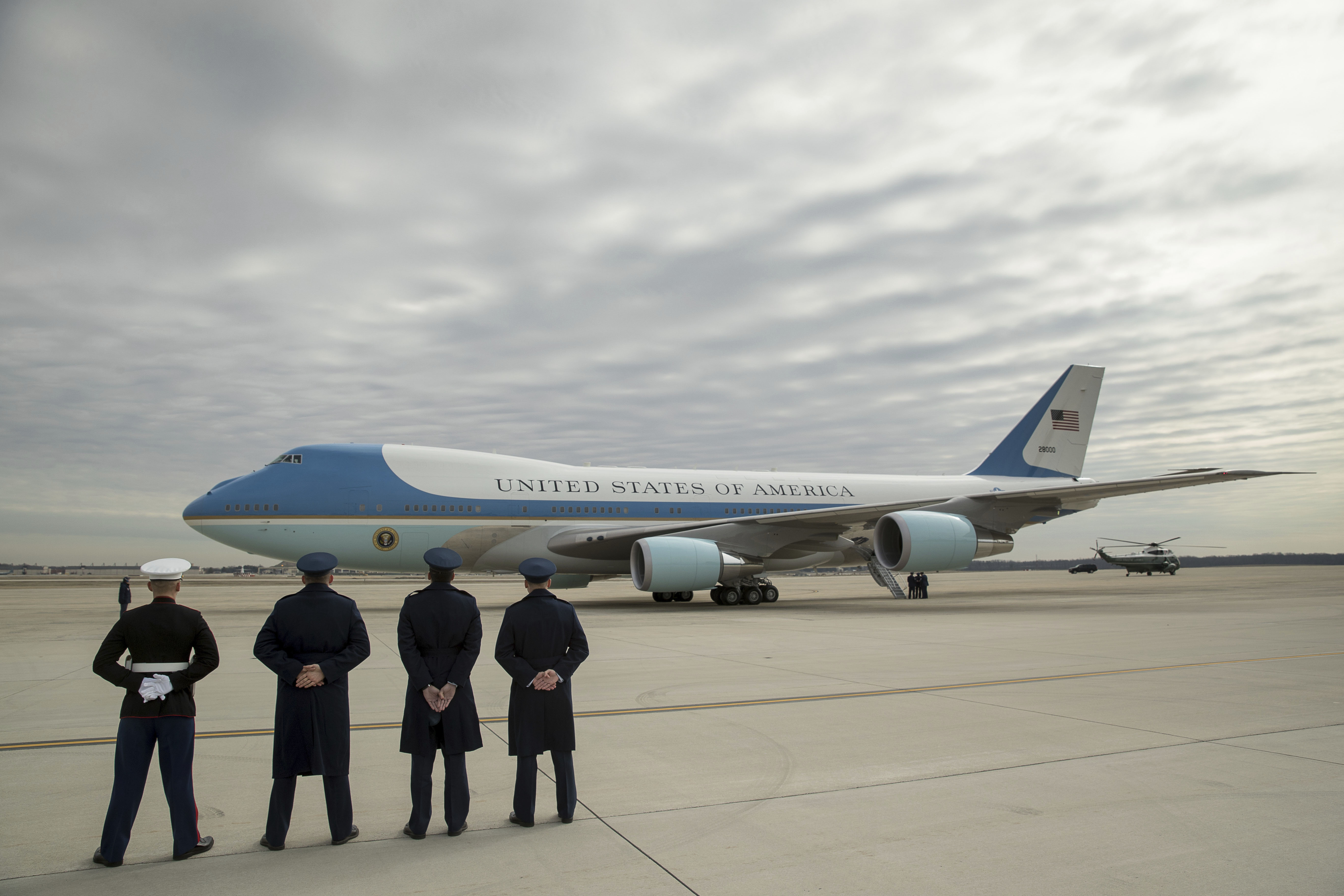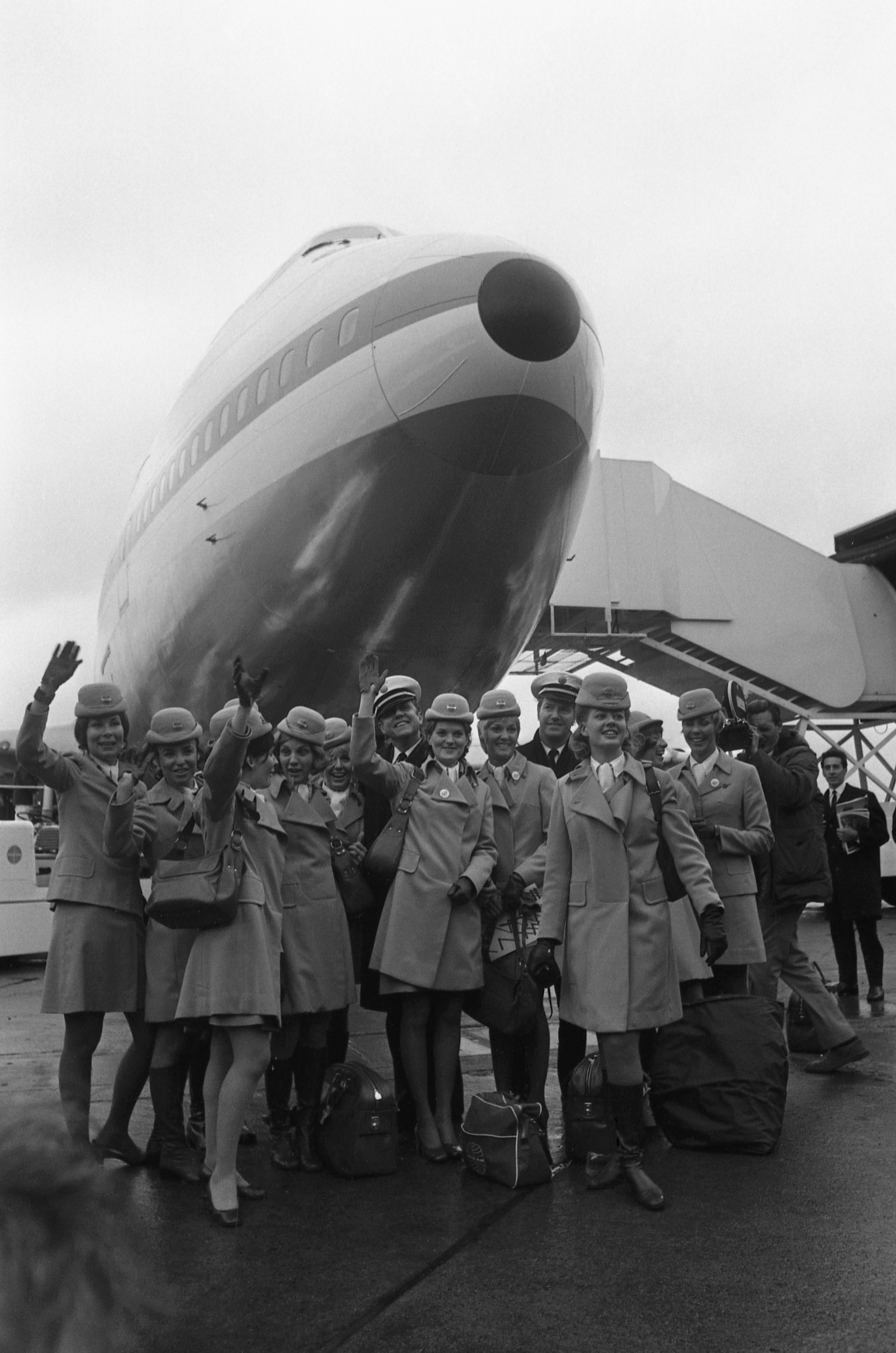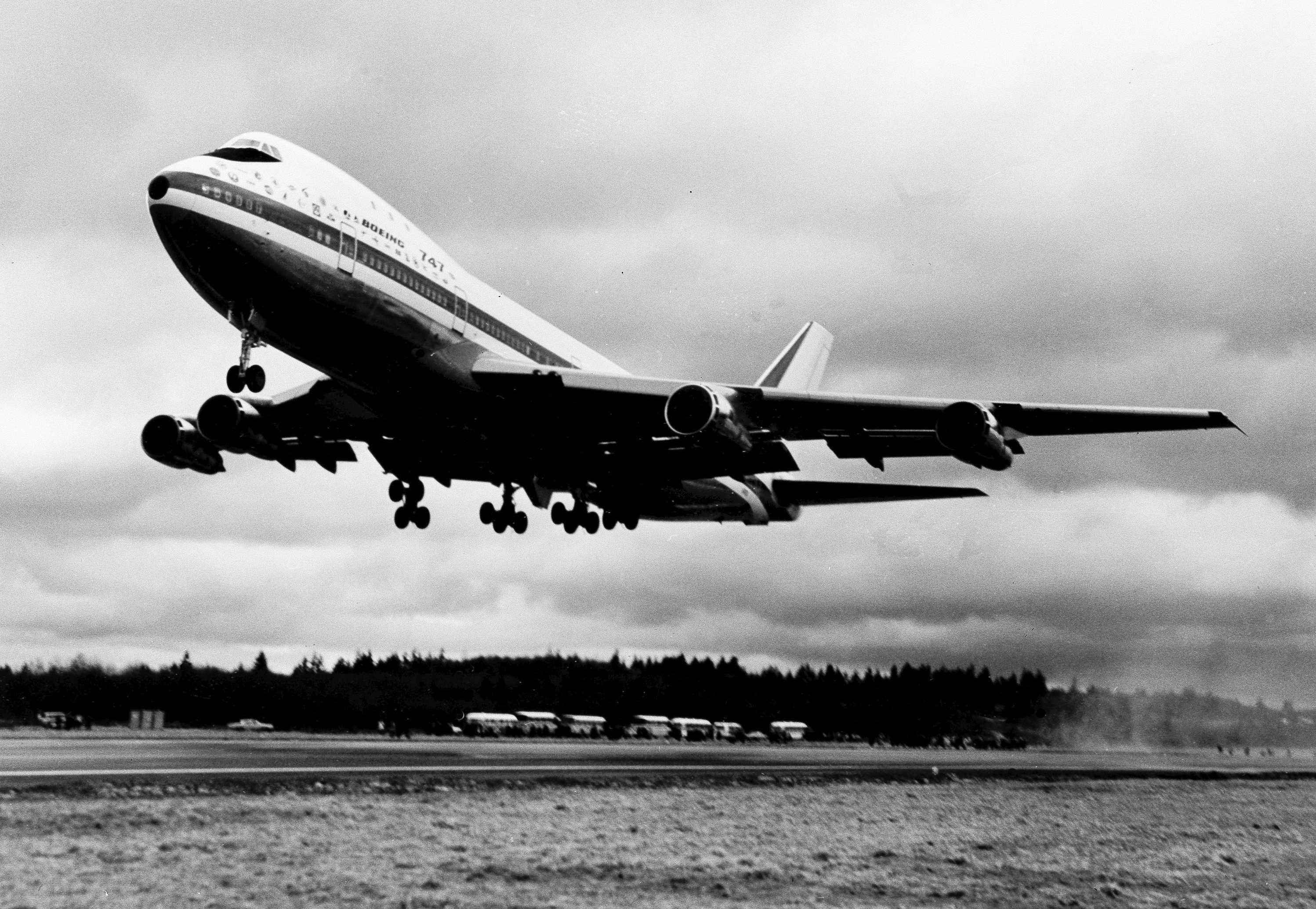[ad_1]

Boeing bid farewell to an aviation legend when it delivered its last 747 jumbo jet.
Since its first flight in 1969, the massive, elegant 747 has served as a cargo plane, a commercial jet carrying nearly 500 passengers, a transport aircraft for NASA’s Space Shuttle and Air Force One’s presidential plane.
It revolutionized travel, connecting international cities that had never had a direct flight before and helping democratize passenger flights.
But over the past 15 years, Boeing and its European rival Airbus have introduced more profitable and more fuel-efficient wide-body planes that require maintenance on just two engines instead of the 747’s four.
The final aircraft was the 1,574th Boeing built in the Puget Sound area of Washington state.
“If you love this industry, you’re going to dread this moment,” said Richard Aboulafia, a longtime airline industry analyst.
“No one wants a four-engine airliner anymore, but that doesn’t take away from the aircraft’s enormous contribution to the development of the industry or its extraordinary legacy.”

The idea is to take new engines developed for transportation — high-bypass turbofans, which burn less fuel by letting air bypass the engine core, allowing for longer distances — and use them for new ideas of civil aircraft.
More than 50,000 Boeing workers produced the first 747 in less than 16 months—a herculean effort that earned them the nickname “The Incredibles.”
Production of the jumbo jet required the construction of a massive factory in Everett, north of Seattle — the largest building in the world by volume.
Among those in attendance on Tuesday was Desi Evans, 92, who joined Boeing in 1957 at its Renton plant south of Seattle and spent 38 years with the company before retiring.
One day in 1967, his boss told him that he would join Everett’s 747 program the next morning.
“They told me, ‘Put on your rubber boots, put on your hard hat, and put on some warm clothes, because it’s a sea of mud,'” recalls Mr. Evans. “That’s—they’re getting ready to build a factory.”
He was assigned as a supervisor to help study how the interior of the cabin would be fitted, and subsequently oversee the crew responsible for sealing and painting the aircraft.

“You feel happy — like you’re making history. You’re part of something big, and it’s still big, even if it’s the last thing.”
The plane’s fuselage is 225 feet (68.5 meters) long and its tail is as tall as a six-story building.
The plane’s design includes a second deck that extends back from the cockpit beyond the front third of the plane, giving it its distinctive hump and inspiring the nickname “The Whale”. Even more romantically, the 747 was known as the Queen of the Sky.
Some airlines have turned the second deck into a first-class cocktail lounge, while even the lower deck sometimes has lounges and even piano bars.
A decommissioned 747 originally built for Singapore Airlines in 1976 has been converted into a 33-room hotel near Stockholm Airport.
“It was the first large airline, the first widebody, so it set a new standard for airlines in terms of what to do with it, how to fill it,” says Albright College of History in Pennsylvania Said Professor Guillaume Dessien, who specializes in aviation and mobility.

Mr Aboulafia said the timing was terrible when the first 747 entered service on Pan Am’s New York-London route in 1970.
It debuted shortly before the 1973 oil crisis, when a recession caused Boeing’s headcount to fall from 100,800 in 1967 to a low of 38,690 in April 1971.
Mr Aboulafia said the newer models – the 747-400 series – arrived in the late 1980s with much better timing, coinciding with the Asian economic boom of the early 1990s. He recalls flying a Cathay Pacific 747 from Los Angeles to Hong Kong in 1991 as a backpacker in his twenties.
“Even someone like me can go and see Asia,” Mr Aboulafia said. “Before, you had to stop for gas in Alaska or Hawaii, and it cost a lot more. This is an immediate opportunity — and it’s affordable.”
Delta was the last U.S. carrier to use the 747 for passenger flights, which ended in 2017, although some other international airlines continue to use the 747, including Lufthansa.
Atlas Air ordered four 747-8 freighters early last year, and the last one left the factory on Tuesday.
[ad_2]
Source link